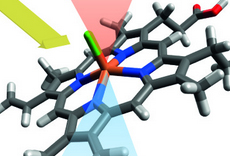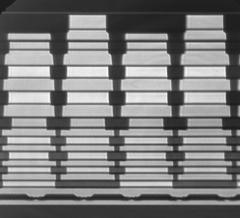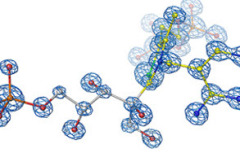Photon Science
Photon Science with X-rays is the essential bearing point for the identification of governing principles in matter across all relevant energy, time, and length scales. It identifies the specific, relevant microscopic interactions that define material attributes and functionality along the entire chain of constituents, from electrons and atoms to macroscopic substances and devices.
Photon Science is foundational in boosting the performance and efficiency of the functional and quantum materials that are essential for next-generation IT and electronic devices, as well as for a sustainable energy transition and carbon-neutral society. As such, Photon Science lays methodological foundations and explores scientific approaches for essential contributions to solving future energy, matter, and information challenges.
Here you can find details on the trademark of the research division as well as an overview on its research and its methodical core competences.

The Photon Science trademark at HZB is the development of state-of-the-art soft-to-tender X-ray spectroscopic methods and their application to the investigation of fundamental phenomena in gases, clusters, solvents, solutions, and solids as well as biological systems. Our research with photons provides insights into fundamental material properties and shows how they can be controlled.
Our efforts bridge boundaries between physics, chemistry, materials science, and life science, and synergistically incorporates outreach to scientific collaborators, expert users, and industrial partners. We develop and upgrade innovative enabling technologies, data science methods, and computational models.
Our core competences are based on the field of time-resolved spectroscopy at optical and X-ray facilities, resonant inelastic X-ray scattering spectroscopy, and highly sensitive investigations of extremely dilute matter or native sample environments. Here, we collaborate in strategic partnerships with leading theory groups worldwide for the continuous improvement of state-of-the-art theoretical methods and the training of junior scientists.
Our wide experience in macromolecular crystallography (MX), which is highly competitive in supporting world-class structural biology research, enables us to establish fragment screening as a possible primary screening method for the pharmaceutical industry. Likewise, nanoscale 3D X-ray microscopy (XM) in combination with access to the tender X-ray range, is key to connecting cellular ultrastructure with specific molecular functions, which will allow us to bridge the gap between XM and MX research.







